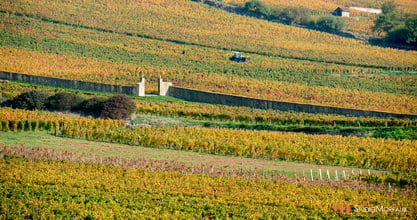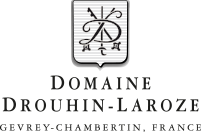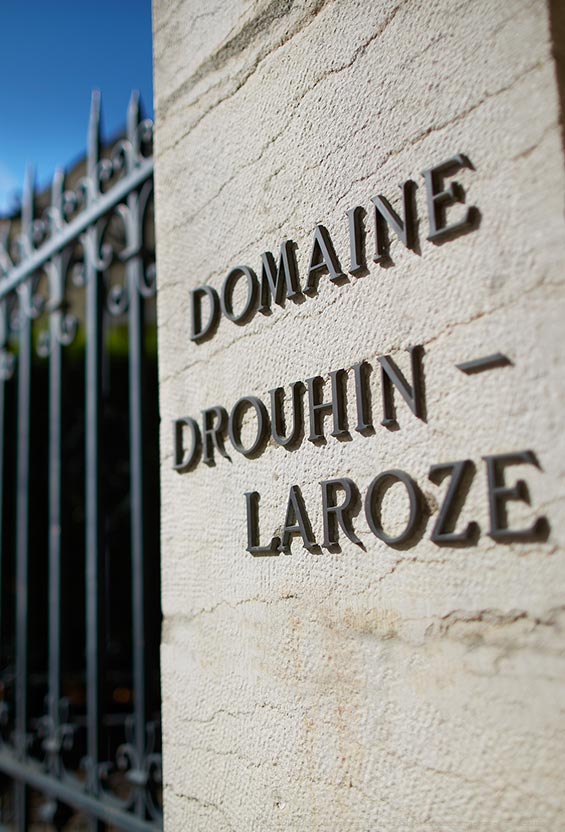
Vintage 2022
Back to Generosity!
Annual Landmarks
Flowering :
From the 20th to the 26th of May,
Harvest :
From the 1st to the 10th of September,
End of vinification :
14th of October.
Climatology
Automn-Winter 2021/2022 was close to the norms of the season.
With average temperatures of 6,3°C, the period of October to March fell within the average norms, even if negative temperatures were reached more often than during the preceeding two winters. During this period, January remained the coldest month (-1°C on average). February was quite contrasting with excessive mild temperatures (+2°C en moyenne).
The mild climate of February continued through March, in addition to a clear rainfall deficit The beginning of the month of April was fresh, even cold, with a large mass of air coming from the North that dropped the temperatures in all of Burgundy: the wine growers had to battle against frost for 4 nights, between the 3rd and the 11th of April. They feared the worst!
Spring - Summer 2022
Thankfully, even if the damage in the early part of the year were deplorable, the situation was less severe than in 2021, notably thanks to the budburst, which occurred later than the previous years.
In addition, the temperatures immediately rose above normal for the season, which allowed the vines to rapidly restart and develop a second bud. Rain was still scarce during the beginning of Spring.
Frantic Growth pace
In mid-April, thanks to summer-like temperatures and a lasting dry spell, the vines rapidly developed. Topping and lifting were performed quickly, matching the frantic growth pace!
Only the Gevrey-Brochon-Fixin areas were graced by an important rain storm in the beginning of May with a significant accumulation of 31mm.
Starting on the 19th of May, the flowering arrived two weeks earlier than the average! The exceptional temperatures in May allowed it to occur in excellent conditions, with very little run-out and millerandage ! The appearance of the grapes foretold a generous and possibly early harvest!
The fruit-set also occurred about fifteen days early, with the weather remaining nice. The lack of water worried the growers because the drought was starting to have an effect!
Beneficial rain for the vines
Thankfully the region experienced successive rainstorms that drenched the vines from the 21st to the 25th of June: for 5 days!
Gevrey-Chambertin
was violently hit
on the 22nd of June by torrential rain brining more
than
100mm in 45 minutes! Gulllies and important flooding occurred, but these
storms brought precious water that
was especially crucial during this season.
July-August were marked by a drought.
4 heat waves took effect between the 10th and 25th of July, of which the most intense occurred between the 15th and 19th, with an oppressive heat! August was also punctuated with several hot episodes, from the beginning of the month until the 4th, then from the 8th to the 13th, and finally the 24th, 25th, and 29th of August.
The consequences were limited: the vine is a plant that fares well when faced with a water shortage. However, the young vines and the plots planted in shallow soils or sandy soils suffered the most.
The maturity testing intensified. The sugar levels progressed well, even if during the first half of August, certain vines had less evolution. This was a sign of water related stress. This disparity was also evident during the harvest.
The winegrowers prepared for the harvest, still hoping for rain. It finally arrived in the middle of August, allowing the vines to reach maturity and produce juice.
The summer of 2022 was classified as second place in the ranking of the hottest summers since 1947, just after 2003.
Finally, if the average temperatures in the month
of September were close to normal, the month
was divided in two with the first half
being very warm and the second half
being much cooler.
Climatology : 2022 was a record year ...
Temperatures:
A quick observation: starting in February, each month the average temperature was above average. This made 2022, the warmest year since the existence of weather reports.
Precipitation :The pluviometric deficit accentuated throughout the months of January to May. The average deficit reached 42% at the end of May. On the contrary, the month
of June was very wet, as heavy rainfall brought an accumulation almost double than the average. Nevertheless, during the period of January to September, the accumulation of precipitation remained 21.5% less
than the average
*
Starting
this year, the « norms of the season » changed.
They are now calculated according to the period of 1991-2020 and not 1981-2010.
Sunshine :
The duration of sunshine was above the norms throughout the entire year. This resulted in 275
hours of additional sunshine, or the equivalent of an additional
month of July!
"The size of the ball is proportionate to the annual amount of sunshine."
Source : Climéo / Météo France
Harvests case by case...
The shears in action...
In the end, this vintage was not the earliest. The harvests slowly began around the 16th-17th of August for a few Crémants de Bourgogne, then the Whites in the Côte de Beaune were brought in starting on the 20th of August.
The rest of Burgundy followed little by little.
The last grapes were harvested in the Côte de Nuits, the Hautes Côtes, and the Chablis during the third week of September.
An unusual phenomenon , favored by the diversity of the locations, nice weather, and unexpected volumes, the wine growers spread out the harvest over several weeks.
The maturity testings coupled with tastings of the berries and the juice were the only guides. The accumulation of sugars were acquired almost everywhere, thus it was the acidity levels that became the main indicator.
The harvest cases came out of the plots very
full, for the whites and the reds,
with perfect bunches that encouraged some to privilege a vinification with
whole bunches.
To Summarize - 2022
2022 gave us what Burgundy knows how to do best : a vintage that was both top quality and generous!
After three beautiful years with volumes (nevertheless) impacted by the precariousness of the weather, this vintage was warmly welcomed : it will allow the market to relax and rebuild its stocks. If small disparities exist according to the variety, the vines have globally well resisted the extreme climatic conditions, knowing how to benefit from even the smallest rain shower.


